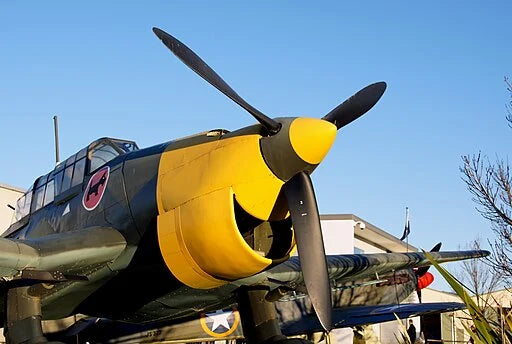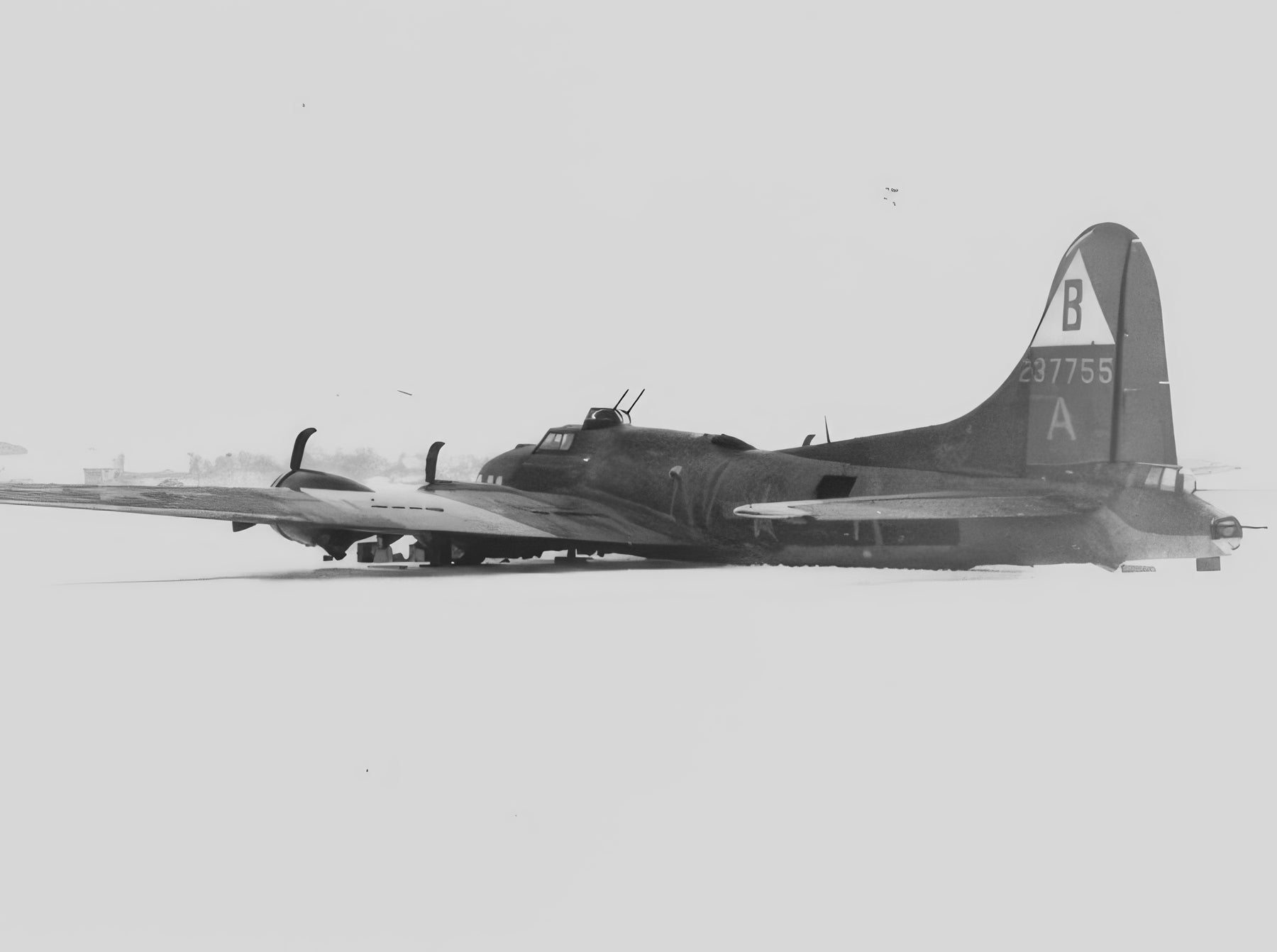Few sounds are as spine-chillingly evocative as the scream of the Stuka. This dive bomber, officially named the Junkers Ju 87, became the aural epitome of blitzkrieg terror during World War II. But why did the Stuka produce that ominous wail as it plummeted to Earth? Was it a deliberate design or a fortunate byproduct of its engineering? This article dives deep (pun intended) into the resonances and reverberations behind that haunting wail.
The Mechanics of the Wail
It’s essential to understand first that the engine or its actual dive didn’t primarily generate the Stuka’s scream. The sound, a chilling noise reminiscent of an air-raid siren, emanated from small, propeller-driven sirens aptly named “Jericho-Trompete” (Jericho Trumpets). These were affixed to the leading edge of the aircraft’s fixed undercarriage.
These sirens functioned on a simple principle: as the aircraft gained speed, the propeller of the Jericho Trumpet would rotate, producing a sound. The faster the plane dived, the louder and more pronounced the wail would become, culminating in an overpowering crescendo as the Stuka neared its target.
Psychological Warfare: The Stuka’s Strategic Intention
While there are claims suggesting the Jericho Trumpets were initially intended as a means of communication or even navigation for pilots during dives, it’s more widely accepted that their primary role was psychological. Blitzkrieg, or “lightning war”, was as much about rapid mechanical warfare as it was about instilling terror in the hearts of adversaries. And the Stuka, with its piercing scream, did just that.
This auditory weapon, combined with the Stuka’s incredible precision as a dive bomber, meant that it was often too late when you heard its banshee wail. The psychological effect on both military and civilian targets was profound. Many survivors and soldiers recount the helplessness and paralyzing fear they felt upon hearing that sound—a predictor of imminent destruction.
The Evolution and the End of the Scream
But, as with many innovations in warfare, the initial advantage the Stuka had began to wane. Advanced anti-aircraft weapons and faster enemy aircraft meant the Stuka became an easier target. Recognizing the disadvantages of the slow dive and the ineffective scare tactic of the scream, the Jericho Trumpets were often removed to improve aircraft speed and handling. By the latter stages of the war, the scream of the Stuka was a rarity rather than a norm.
In Retrospect: The Stuka’s Legacy
The Stuka’s scream, while a mere footnote in the grand tapestry of World War II, is a testament to the lengths armies will go to wield psychological warfare. That wailing descent will forever be etched in the memories of those who heard it, symbolizing the terrifying efficiency and ruthlessness of blitzkrieg warfare.
It’s important to reflect on how the most straightforward mechanisms, like the Jericho Trumpet, can hold such power. The Stuka did not just drop bombs – it dropped fear. And in the theater of war, where minds are as much a battlefield as the ground below, that scream was, for a time, one of the most potent weapons in the German arsenal.
For more insights into the Ju 87 B-1 Stuka and other important military aircraft, visit Aces In Action. Here, you’ll find an amazing piece of artwork by Craig Tinder titled “Eagle of the Eastern Front”, which illustrates the initiation of a tank strafing run by the Luftwaffe’s most decorated servicemen – Hans-Ulrich Rudel in one of his many Junkers Ju 87 Stuka dive bombers. The limited edition canvas print even includes a piece of the port wing (underside) of their JU-87 B-1 Stuka W.Nr. 5611, which contained all of the original access hatches, oil streaks, and much of the original RLM 76 (light blue) paint, making it a unique piece of history!
Eagle of the Eastern Front – Ju 87 B-1 Stuka Aviation Art by Artist Craig Tinder
The most decorated of all German servicemen during World War II, Hans-Ulrich Rudel completed 2,530 combat missions and was credited with the destruction of 519 enemy tanks, 71 ships, and 1 battleship. A master marksman, Rudel survived the war and was additionally credited with 51 aerial victories, despite being shot down or force landed over 30 times.
To purchase or see similar items, visit here.
Commissioned by Museums, Treasured by Collectors





Share:
The Intriguing Disparity: Doodlebugs and V-2 Rockets
The Dance of the Skies: Spitfire vs. Japanese Zero